Gardening doesn’t have to be expensive.
In fact, not only is gardening a great way to save money on your monthly grocery bills, but it’s also a wonderful way to get some exercise without having to spend money on a gym membership. Of course, it’s also the perfect solution if you crave more time spent outdoors.
While gardening, in and of itself, is a cost-effective way to spend the day, starting a garden can be a bit trickier. There are all kinds of expenses you’ll have to pay for upfront, like seeds, soil, and containers.
However, there are some ways you can slash costs when you’re getting started in this kind of venture. Here are 20 tips for starting a garden on a budget - you’re definitely going to want to steal them!
1. Start From Seed If You Can
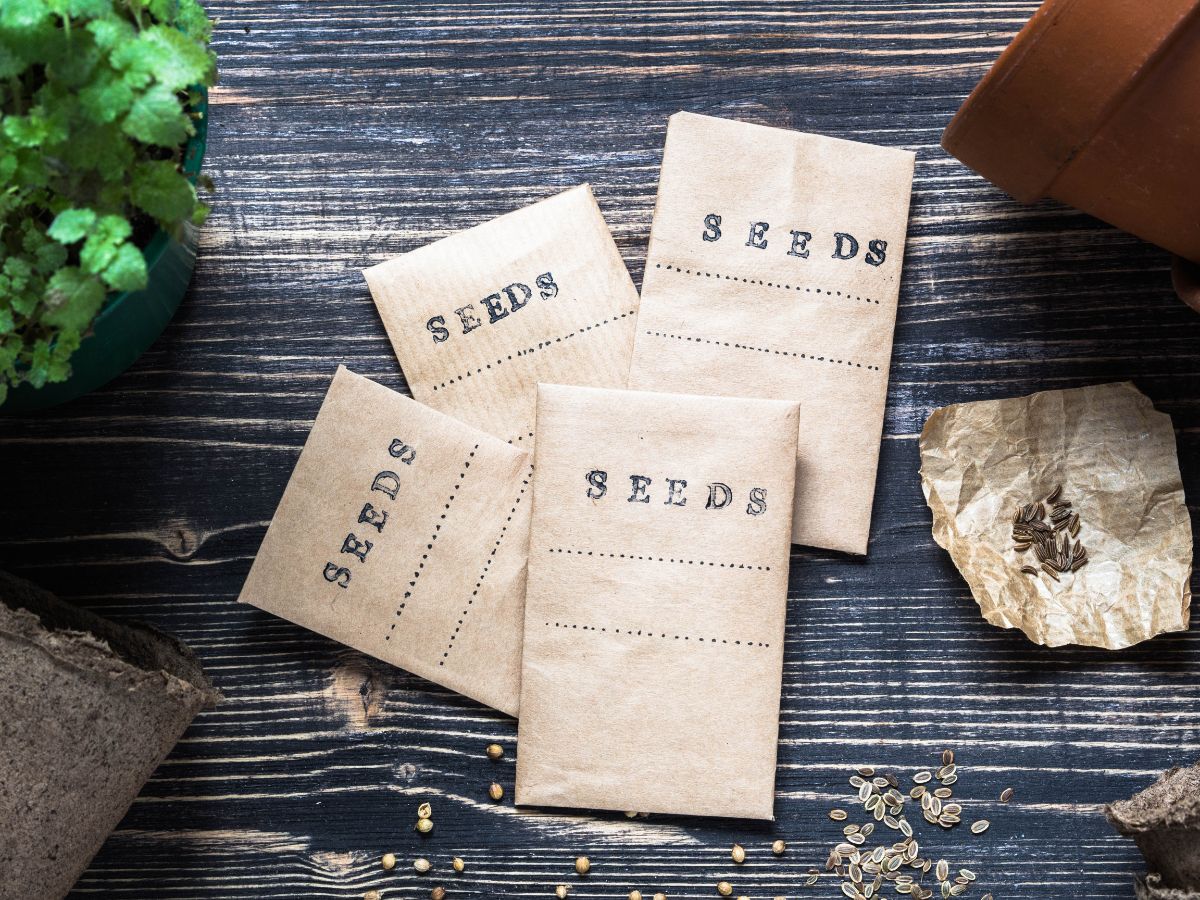
2. … and Save Seeds Whenever Possible
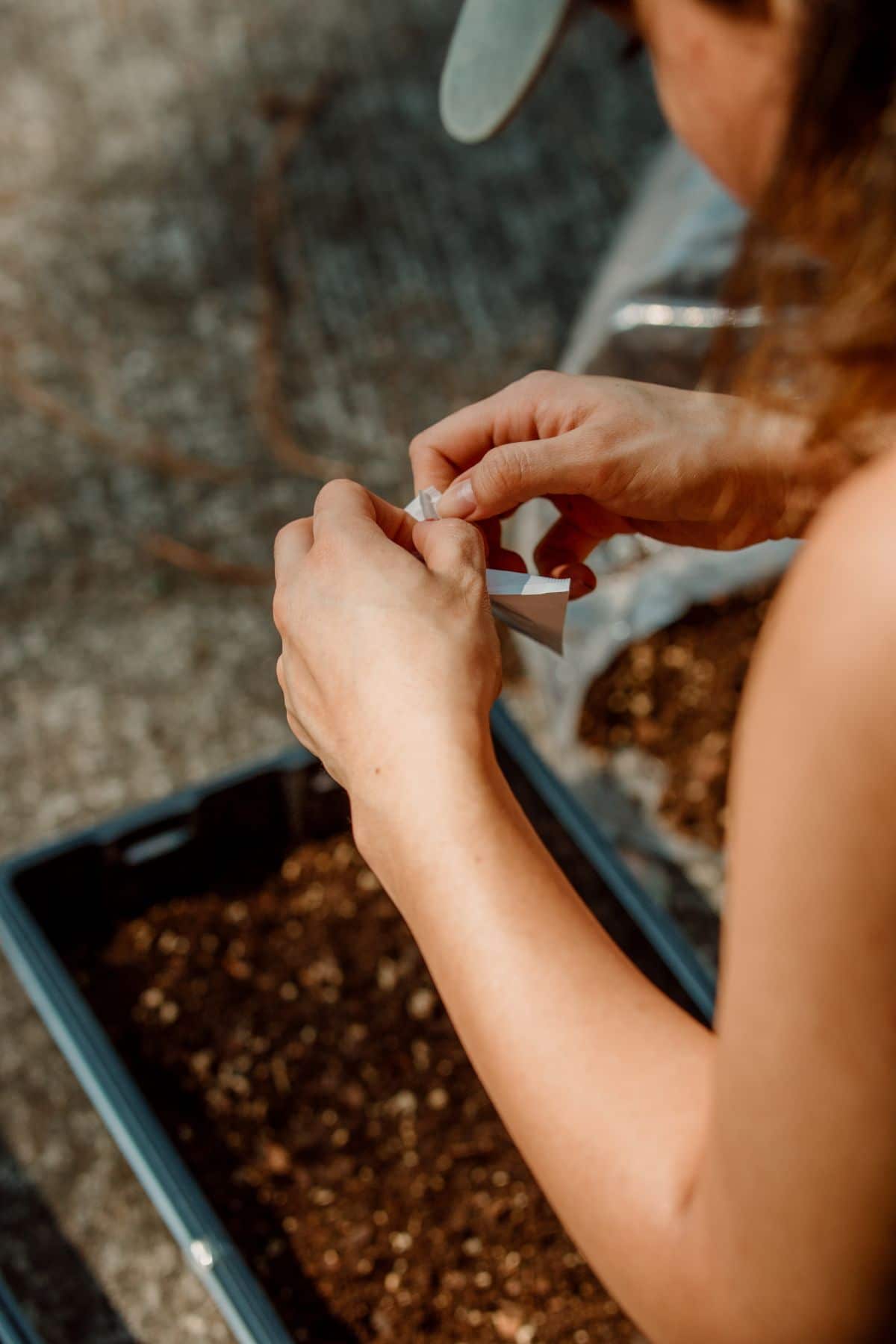
3. Use Free Soil Amendments
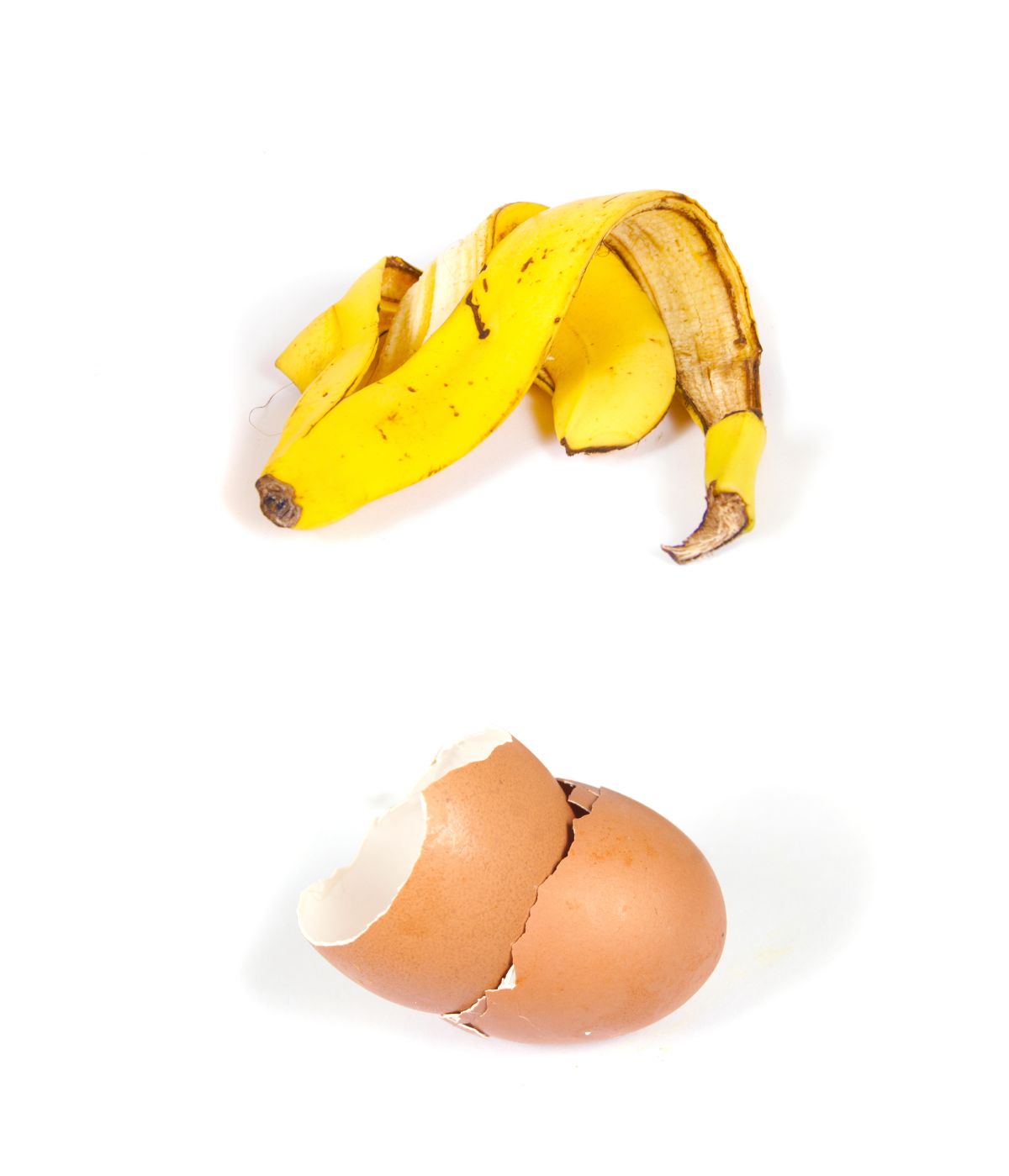
4. Give Plant Swaps a Try
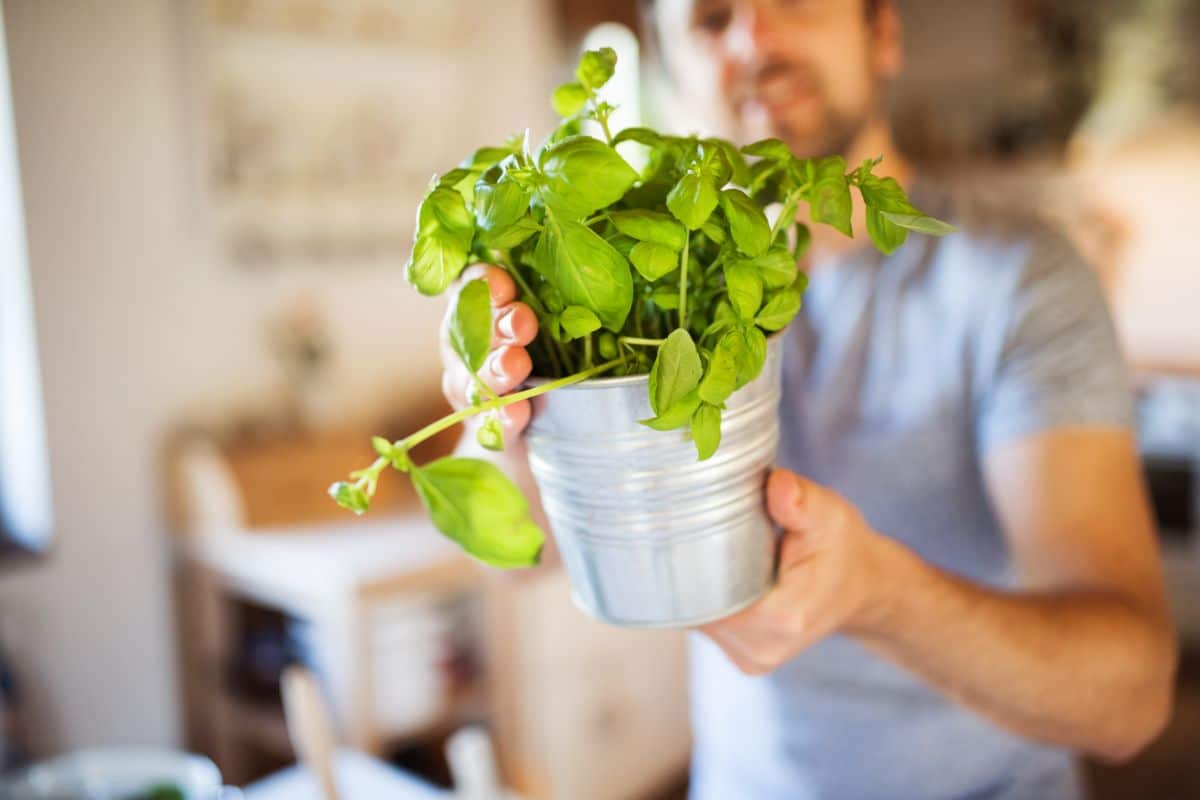 Lots of communities hold plant swaps, which are events at which plant lovers can meet up to exchange seeds or actual plants. This is a great way to score new, healthy plants as well as cuttings. Often, all you have to do is dig up a few plants and they’re yours. Check places like Facebook, Craigslist, or your local library to find details on these events in your area.
Lots of communities hold plant swaps, which are events at which plant lovers can meet up to exchange seeds or actual plants. This is a great way to score new, healthy plants as well as cuttings. Often, all you have to do is dig up a few plants and they’re yours. Check places like Facebook, Craigslist, or your local library to find details on these events in your area.
5. Look for Free Mulch
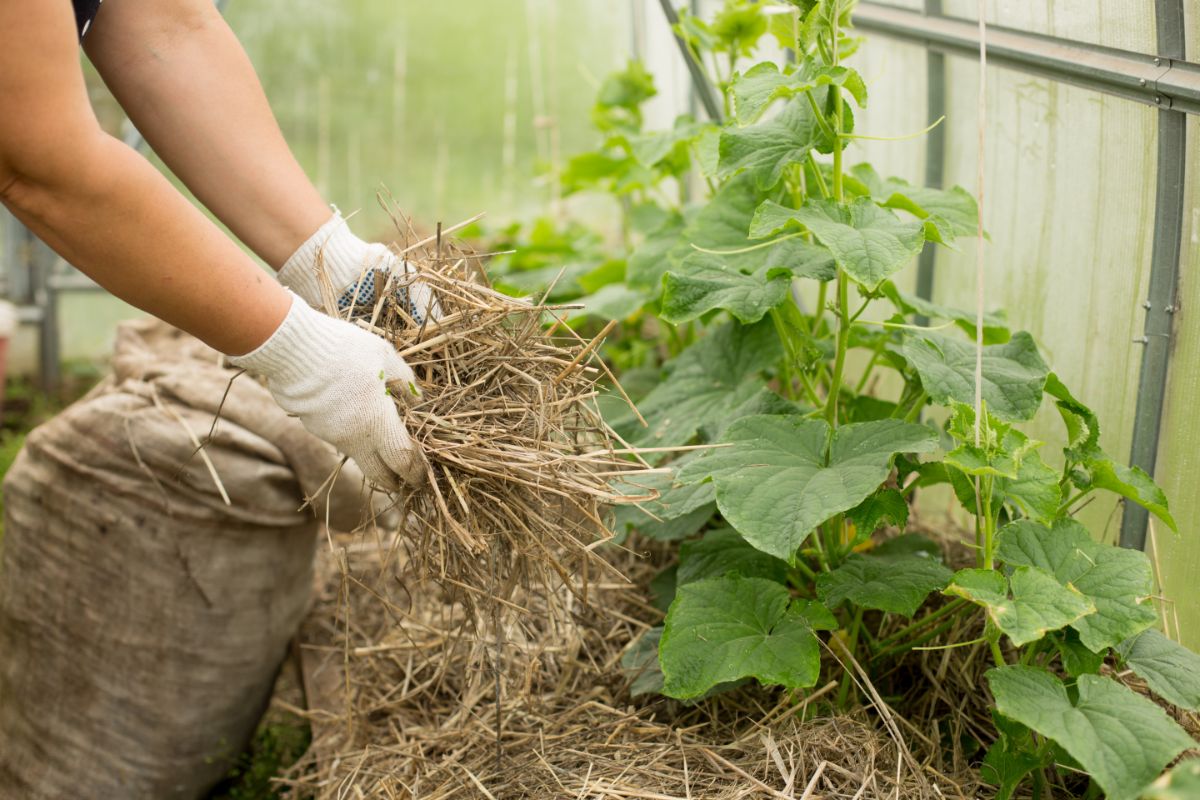 Adding mulch to the garden is an easy, no-brainer way to build soil quality, preserve soil moisture, and prevent weeds. However, buying bags of mulch from the store isn’t very cost-effective if you’re on a budget. Instead, check with your town hall to see if they offer free mulch or compost. You can also check with local tree services in your area to find out if they give away free wood chips.
Adding mulch to the garden is an easy, no-brainer way to build soil quality, preserve soil moisture, and prevent weeds. However, buying bags of mulch from the store isn’t very cost-effective if you’re on a budget. Instead, check with your town hall to see if they offer free mulch or compost. You can also check with local tree services in your area to find out if they give away free wood chips.
6. Ask Friends for Cuttings
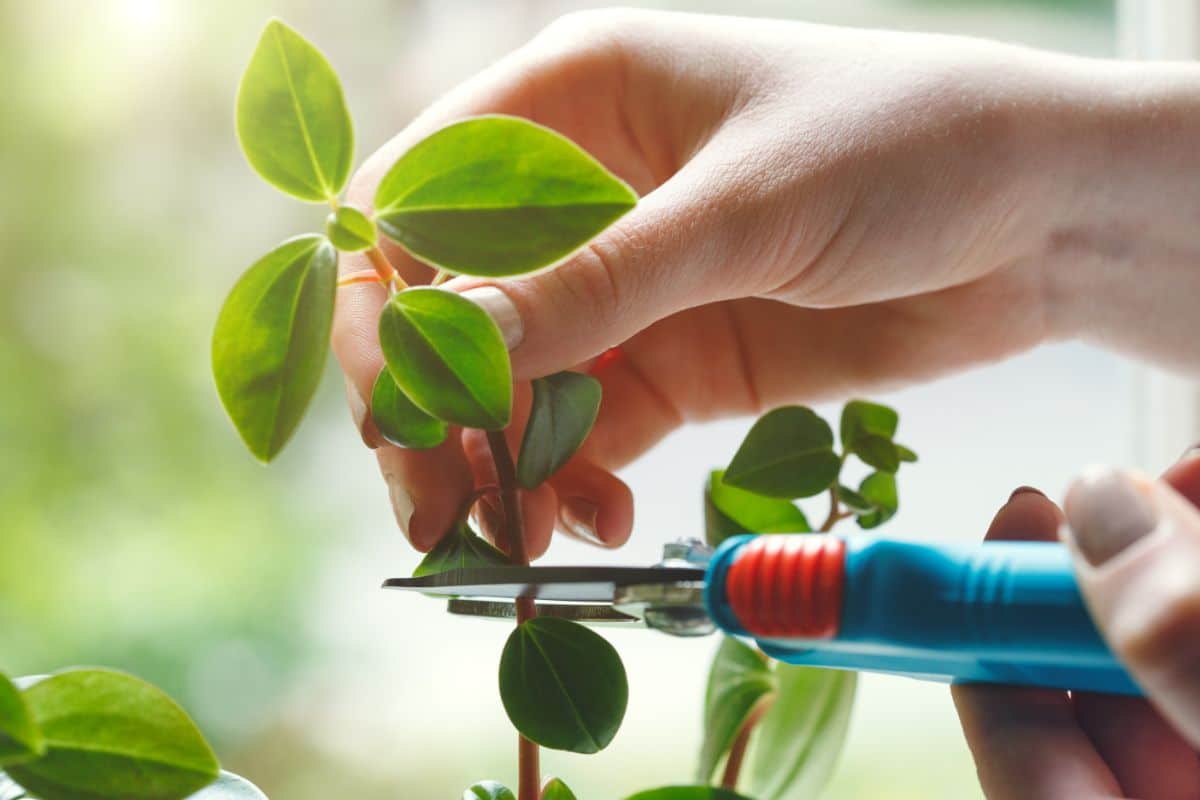
7. Shop in the Off-Season
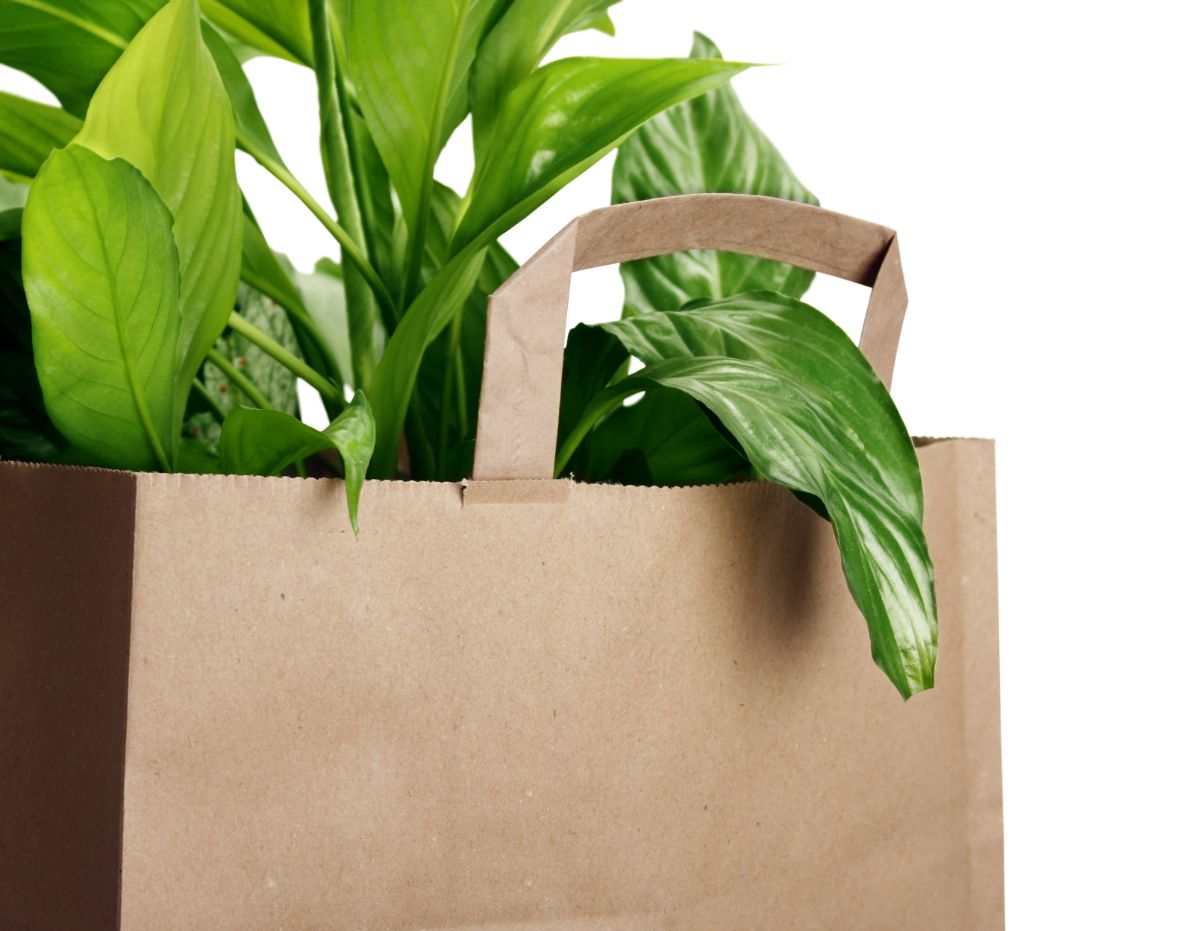
8. Build a Compost Pile
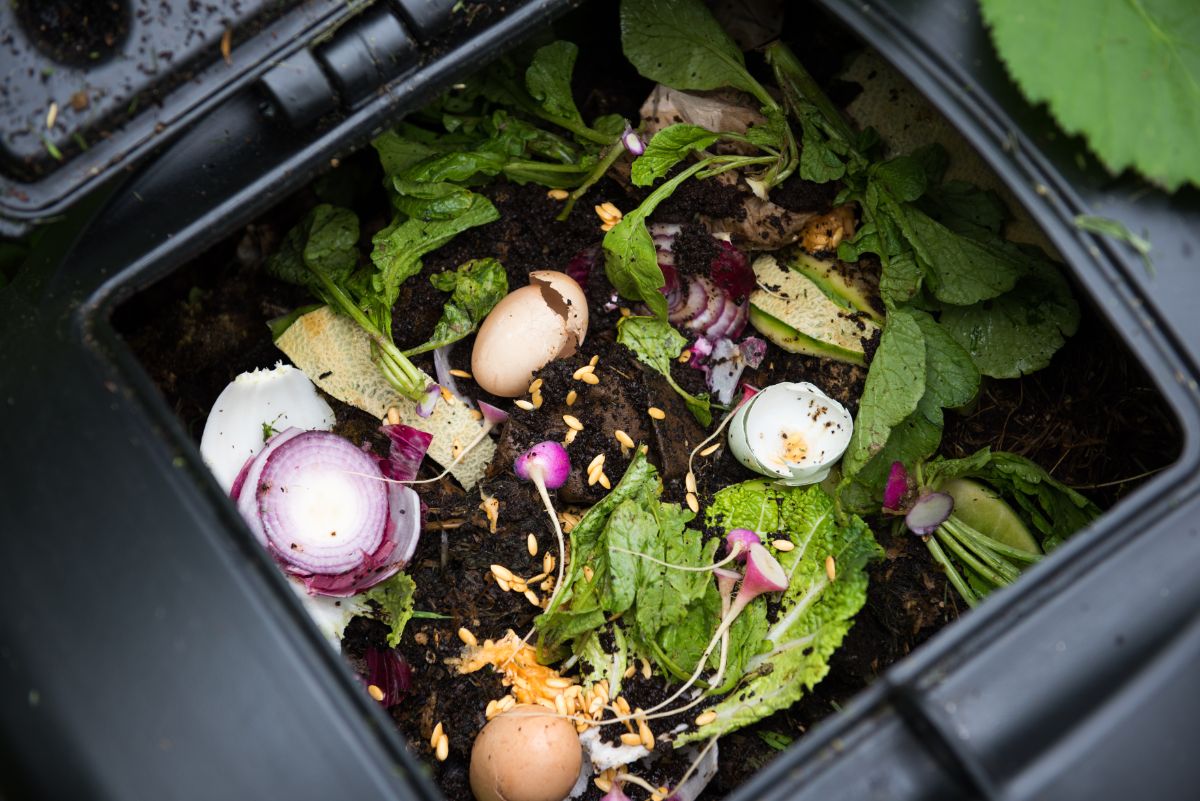
9. Use a Rain Barrel
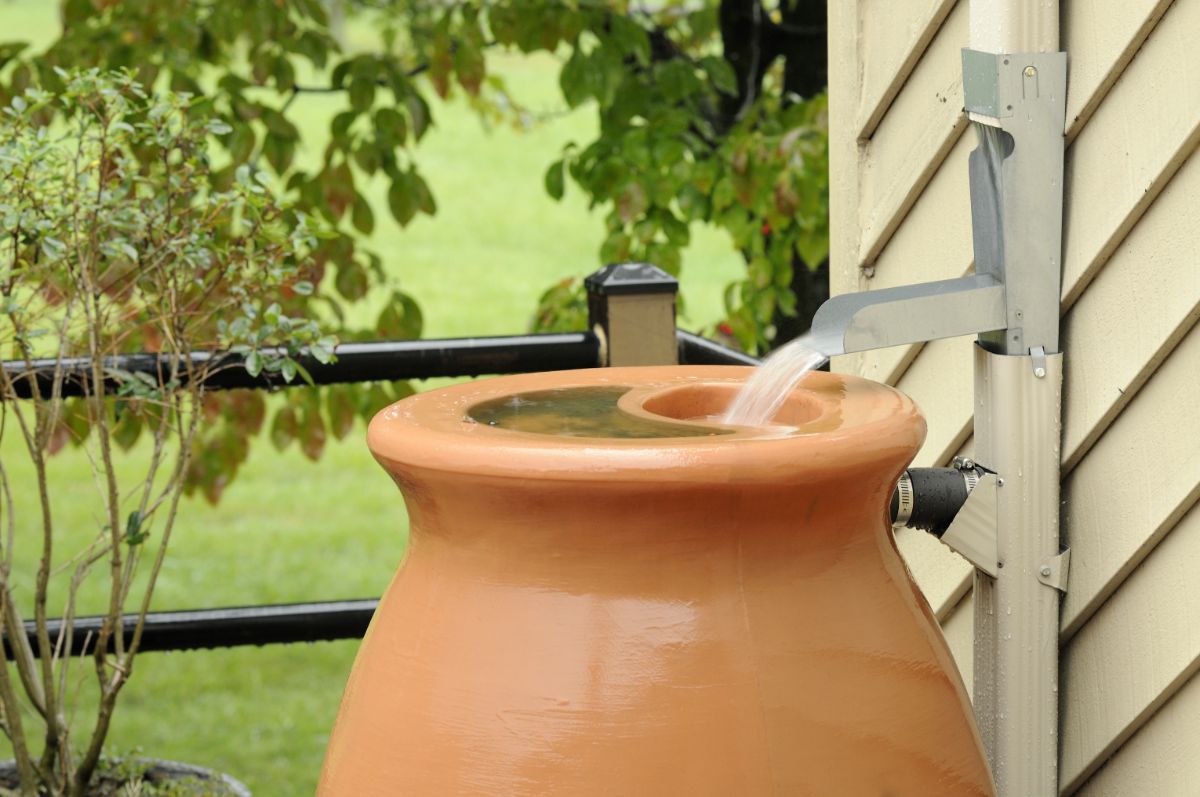
10. Use Recycled Materials for Raised Beds
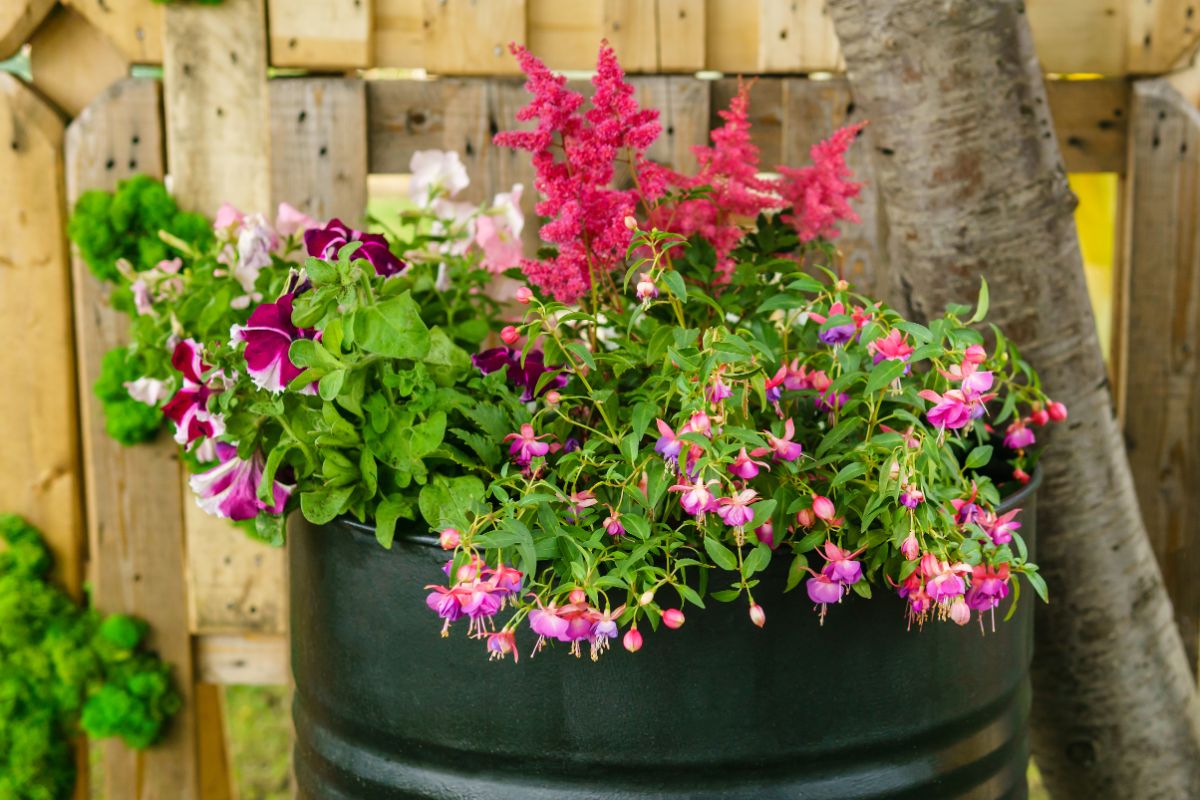
11. Forego Aesthetics - for Now
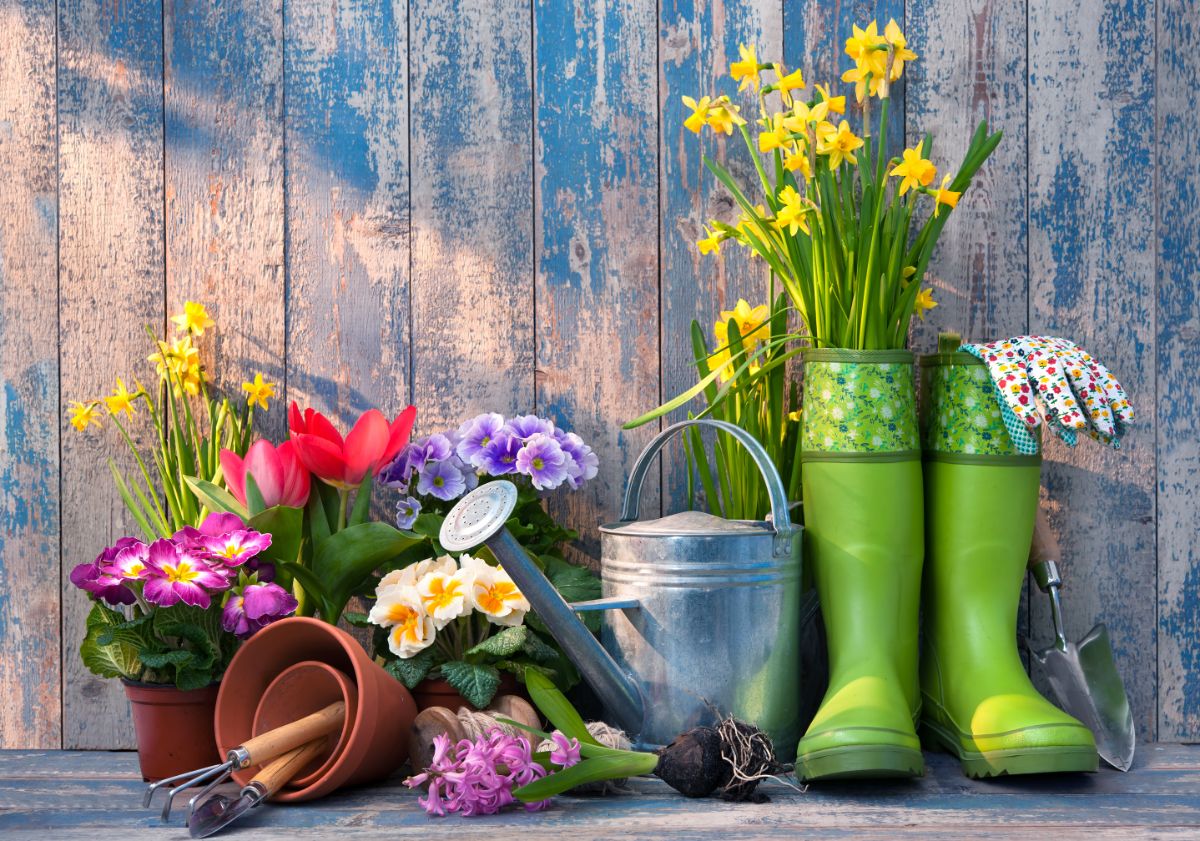 Unfortunately, a budget-friendly garden isn’t always going to be the prettiest garden. If you’re okay with overlooking appearances for just one year, that’s great - your garden will be much more affordable and you can add to its visual appeal over time.
Unfortunately, a budget-friendly garden isn’t always going to be the prettiest garden. If you’re okay with overlooking appearances for just one year, that’s great - your garden will be much more affordable and you can add to its visual appeal over time.
12. Don’t Spend Money on a Designer
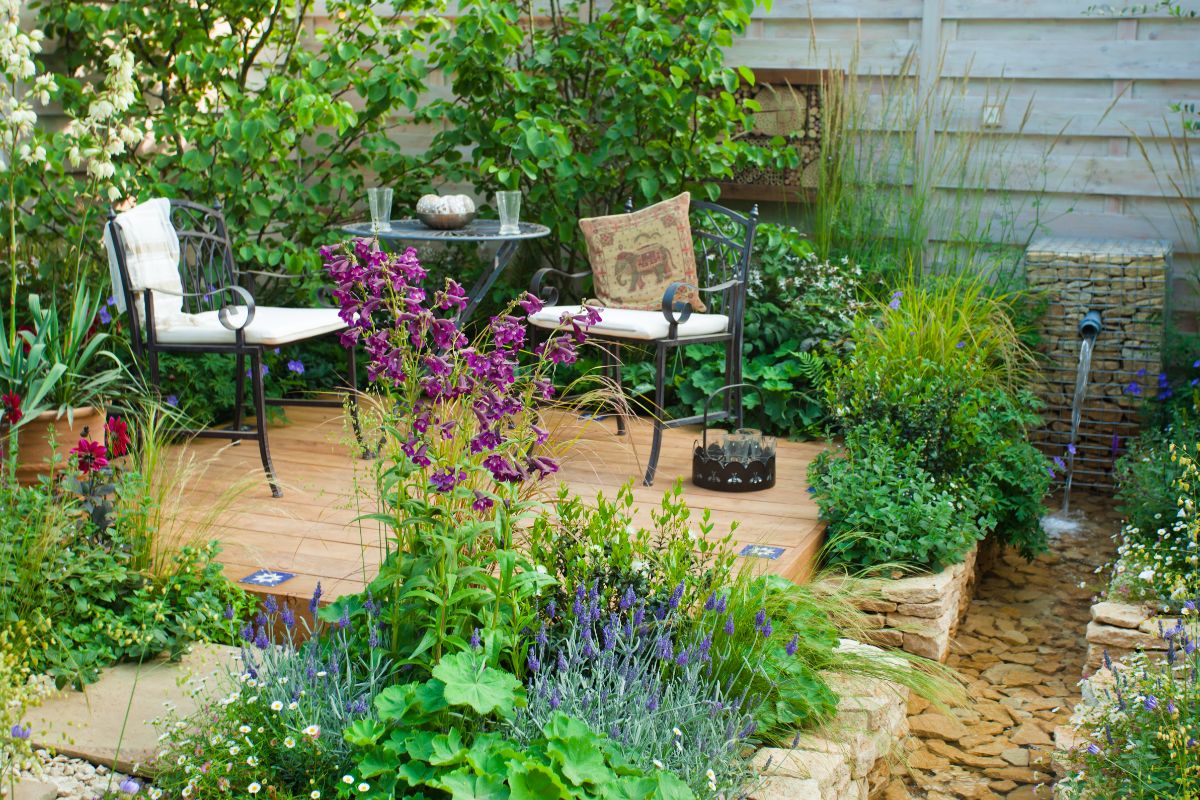 So many people spend an exorbitant amount of money on gardening or landscape design. In reality, this is not a necessity - particularly not with the availability of all kinds of gardening resources online. Rather than splurge on a formal landscape design company, do the work yourself. It doesn’t have to look perfect - it just needs to be effective!
So many people spend an exorbitant amount of money on gardening or landscape design. In reality, this is not a necessity - particularly not with the availability of all kinds of gardening resources online. Rather than splurge on a formal landscape design company, do the work yourself. It doesn’t have to look perfect - it just needs to be effective!
13. Try Hugelkultur
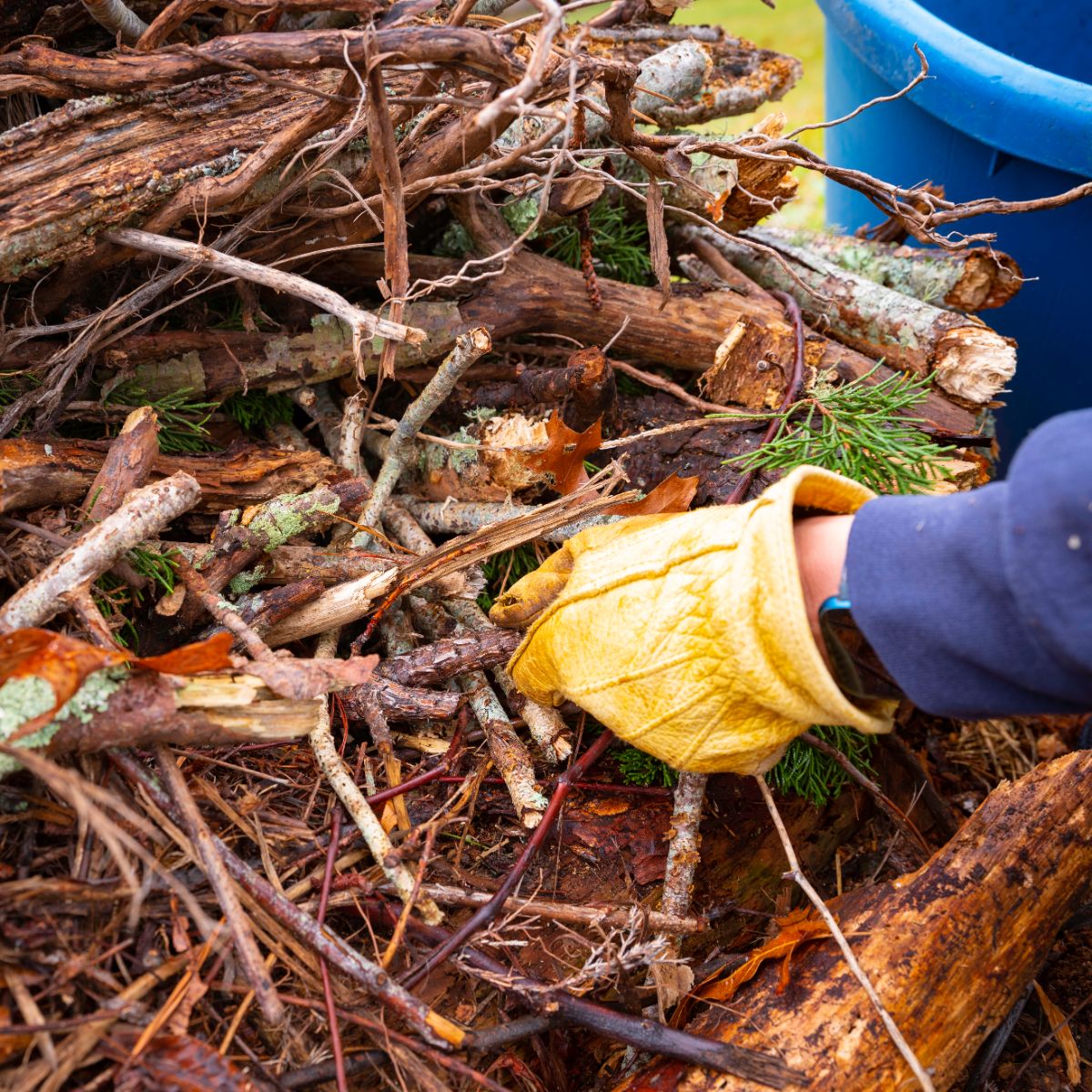
How is it different from composting? With hugelkultur, your bottom layers will consist of things like large logs and chunks of wood. This takes up a lot of space that doesn’t have to be filled with expensive soil.
14. Choose the Right Tools
 You don’t need an expensive gas-powered rototiller or a $50 pair of gloves to start gardening. In fact, there are very few tools you actually need. You can start out with cheap tools as long as they are fully functional. If you don’t have any tools at all - and no money to spend on them - you might want to think about asking around. Your neighbors may be willing to share what they have with you!
You don’t need an expensive gas-powered rototiller or a $50 pair of gloves to start gardening. In fact, there are very few tools you actually need. You can start out with cheap tools as long as they are fully functional. If you don’t have any tools at all - and no money to spend on them - you might want to think about asking around. Your neighbors may be willing to share what they have with you!
15. Pick Up Leaves

16. Go Organic
 Don’t spend money on organic fertilizers, of course - but steer clear of chemicals whenever possible. Not only are chemical-based fertilizers, herbicides, and pesticides totally unnecessary (there are plenty of all-natural substitutes!) but they’re also expensive. Forego them, and you’ll likely find that you saved a ton of money as a result.
Don’t spend money on organic fertilizers, of course - but steer clear of chemicals whenever possible. Not only are chemical-based fertilizers, herbicides, and pesticides totally unnecessary (there are plenty of all-natural substitutes!) but they’re also expensive. Forego them, and you’ll likely find that you saved a ton of money as a result.
17. Repurpose Household Items
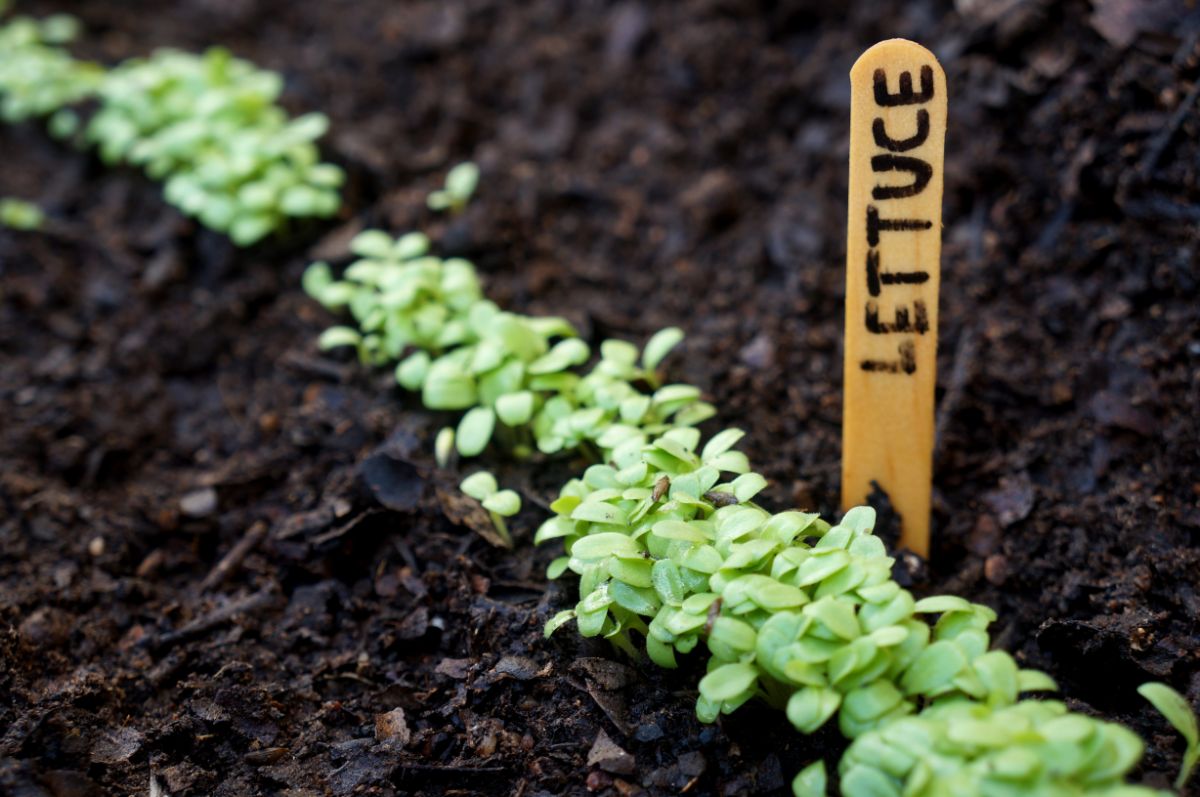 Need some garden markers? A fence? Something to collect your harvest in? Don’t run off to the store every time you have such a need. Instead, look around you to see what items you have already that might be useful. You can make your own garden markers out of repurposed items like wine corks or old spoons. Build a fence out of rocks you collect from the yard. Get creative!
Need some garden markers? A fence? Something to collect your harvest in? Don’t run off to the store every time you have such a need. Instead, look around you to see what items you have already that might be useful. You can make your own garden markers out of repurposed items like wine corks or old spoons. Build a fence out of rocks you collect from the yard. Get creative!
18. Get Free Advice
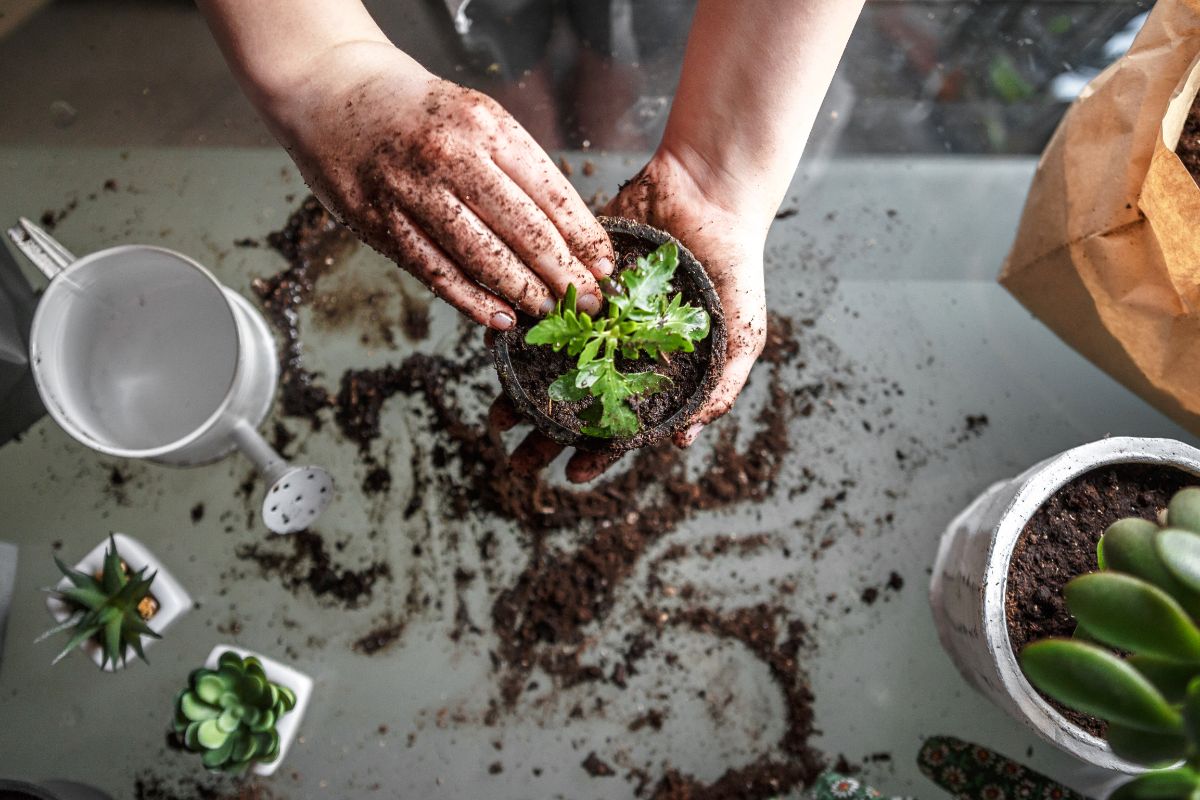
19. Use Drip Irrigation
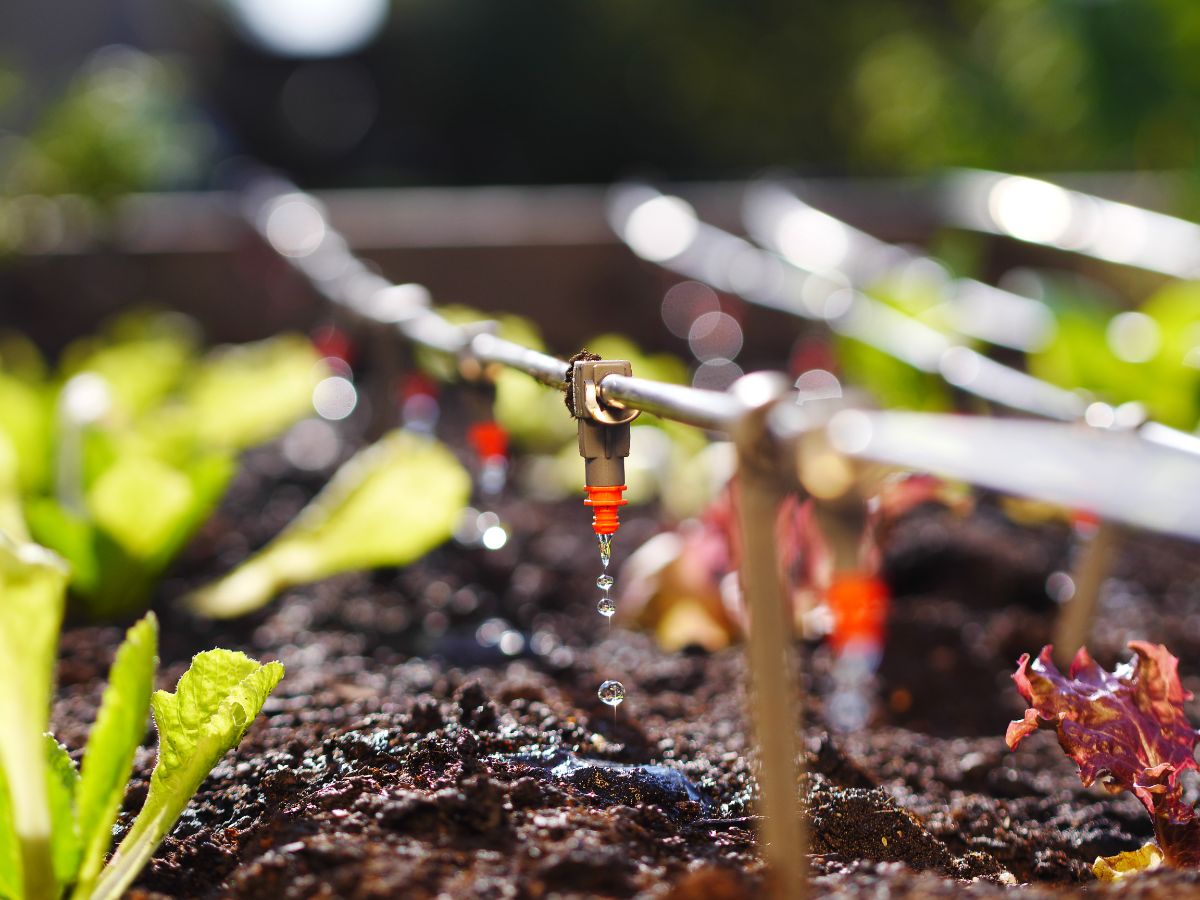 Using a sprinkler to water your garden is not the most efficient strategy. Not only does it waste a ton of water, but it often provides too much water at inopportune times, leading to issues like rot as your plants’ foliage gets wet and does not have the opportunity to dry out. Instead, use drip irrigation. This will provide water exactly where the plants need it, saving you both stress and money in the process.
Using a sprinkler to water your garden is not the most efficient strategy. Not only does it waste a ton of water, but it often provides too much water at inopportune times, leading to issues like rot as your plants’ foliage gets wet and does not have the opportunity to dry out. Instead, use drip irrigation. This will provide water exactly where the plants need it, saving you both stress and money in the process.
20. Plan Ahead

Start Slow to Save Money

For many people, though, this simply isn’t practical. Take it one step at a time and set a budget for yourself - once you reach that budget, stop buying plants, seeds, or building materials. You can build up year after year - you’ll be surprised at how large and productive your garden will become over time when you exercise just a little bit of restraint at the beginning!

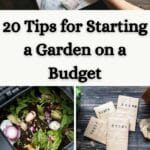
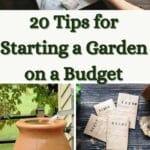

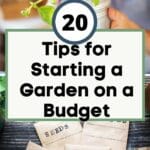
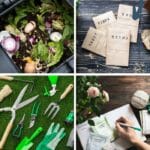


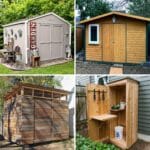
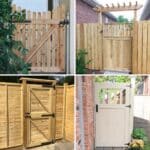
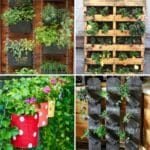
Susan J. Raisner
I downloaded your fabulous Frugal Tips for the Garden. After several years my youngest daughter who is married went all-out in building her own raised garden beds and several smaller ones. They decided to purchase their own home within the past month. After much discussion about how handicapped I am, we decided to sell our house and then move into her new home in her first floor bedroom right next to the bathroom and kitchen. I am grateful to her for helping me have a better living arrangement. I shall look forward to searching out new ways to grow vegetables in new home and especially flowers.